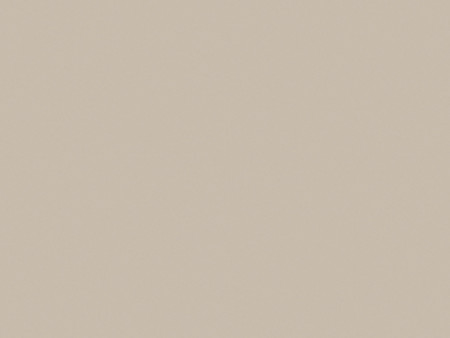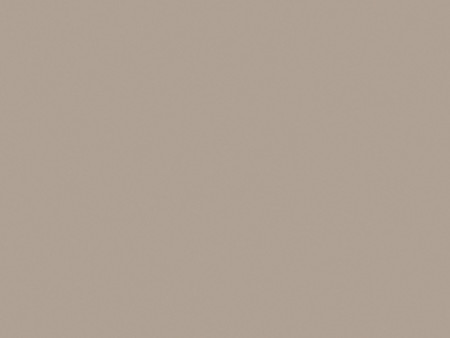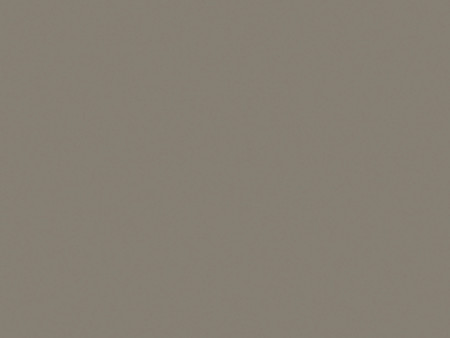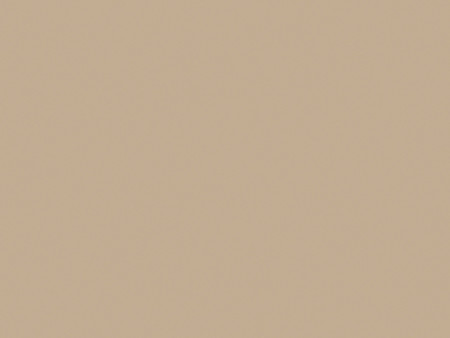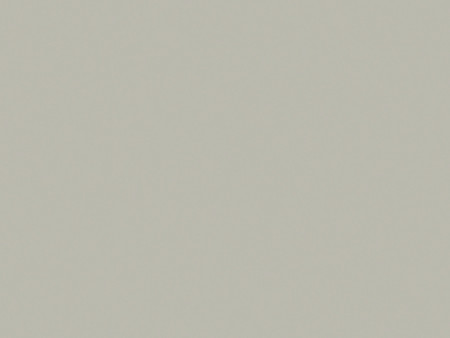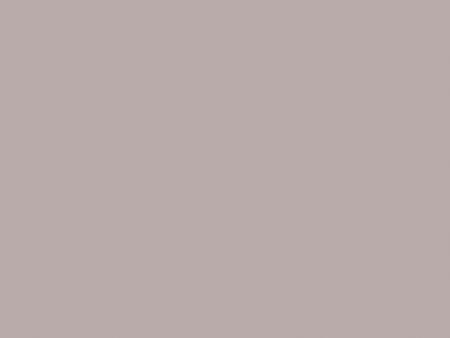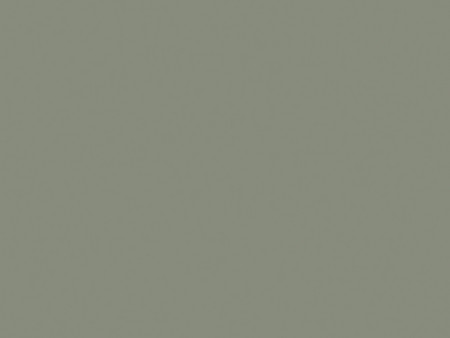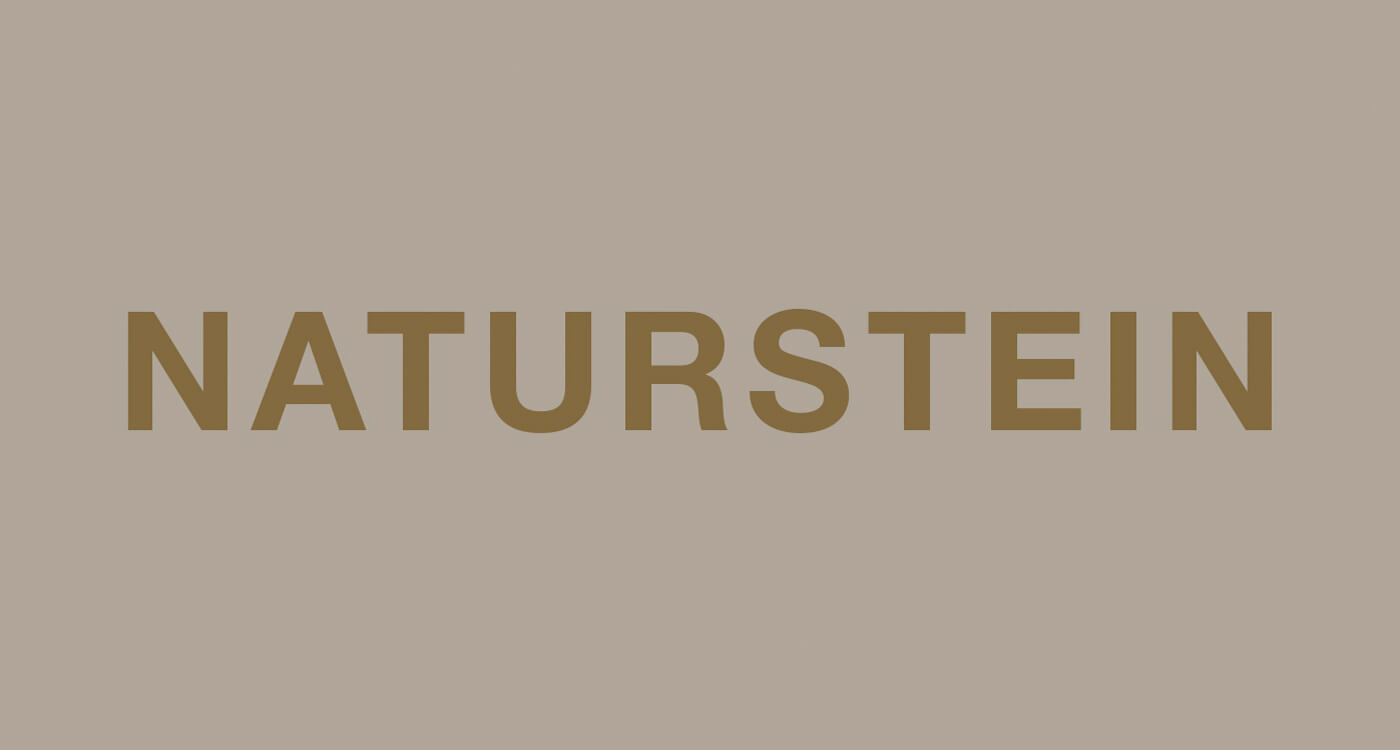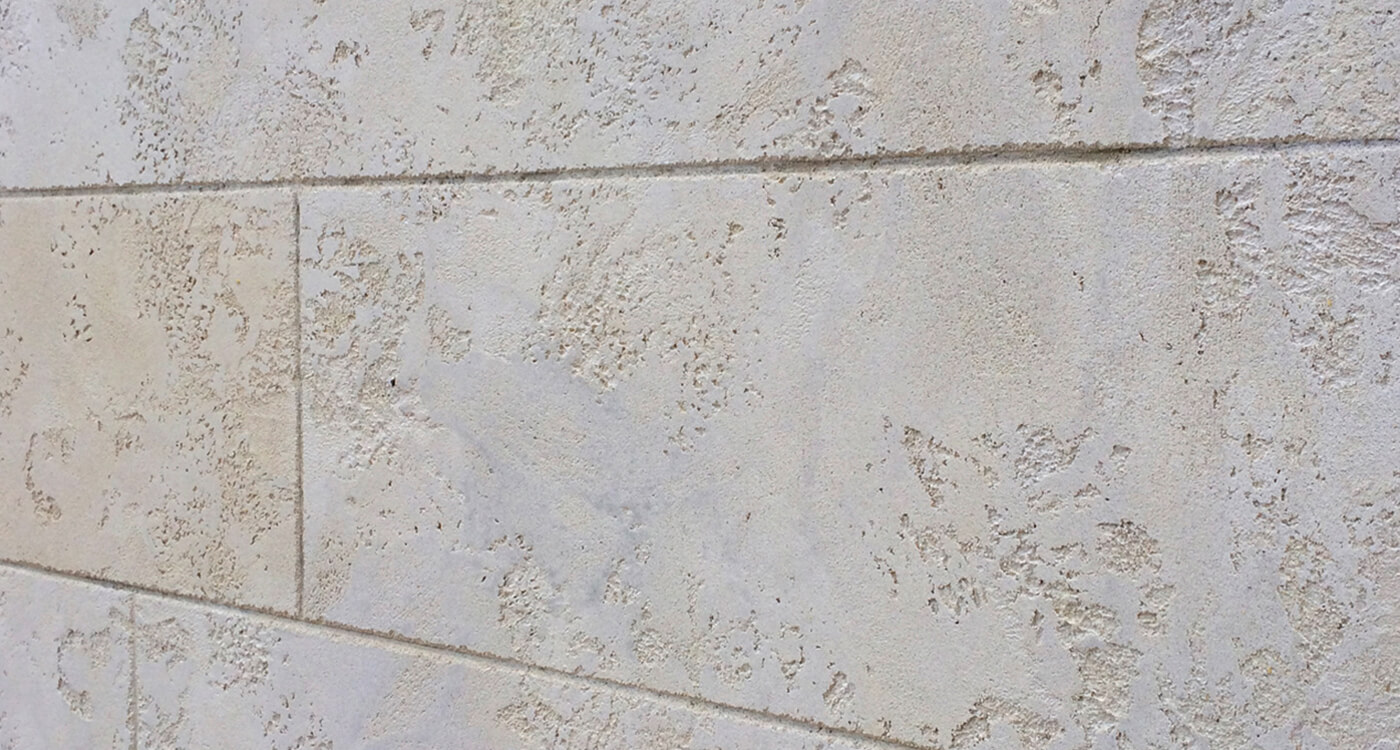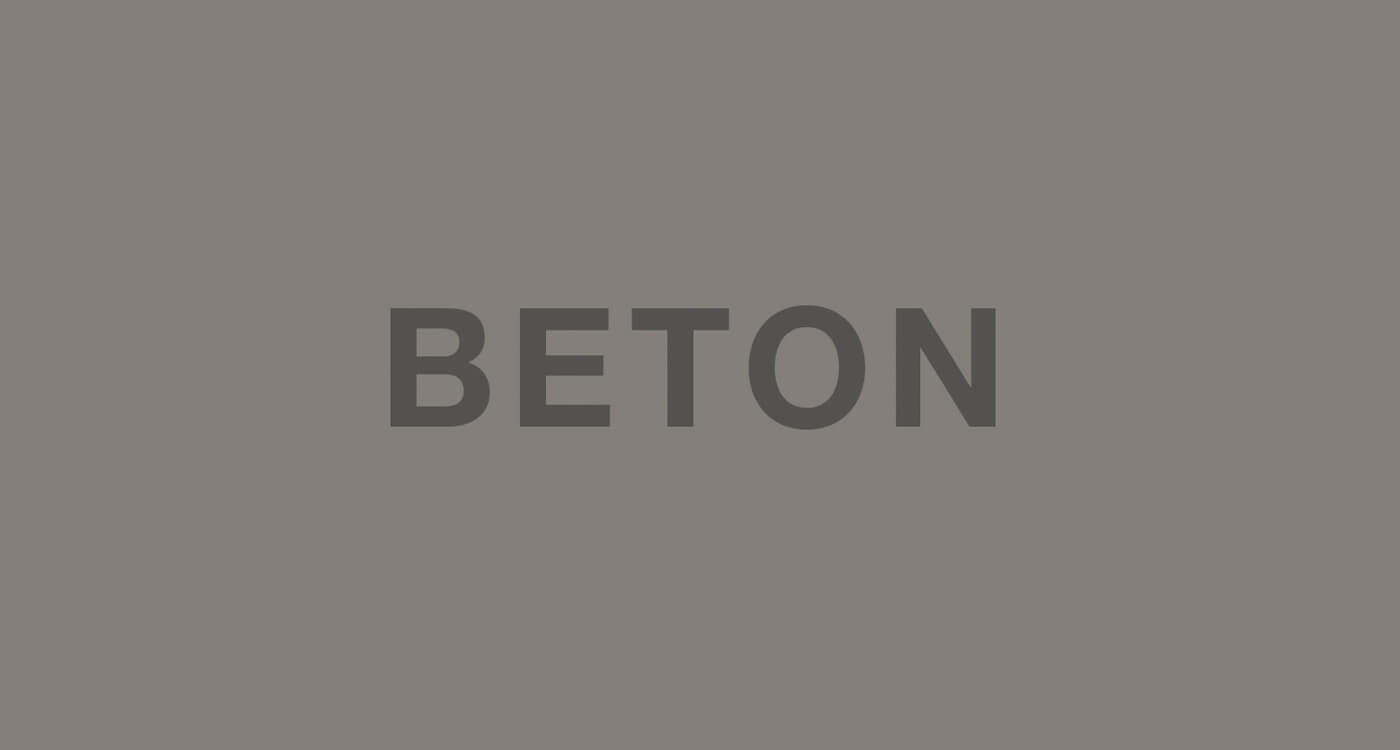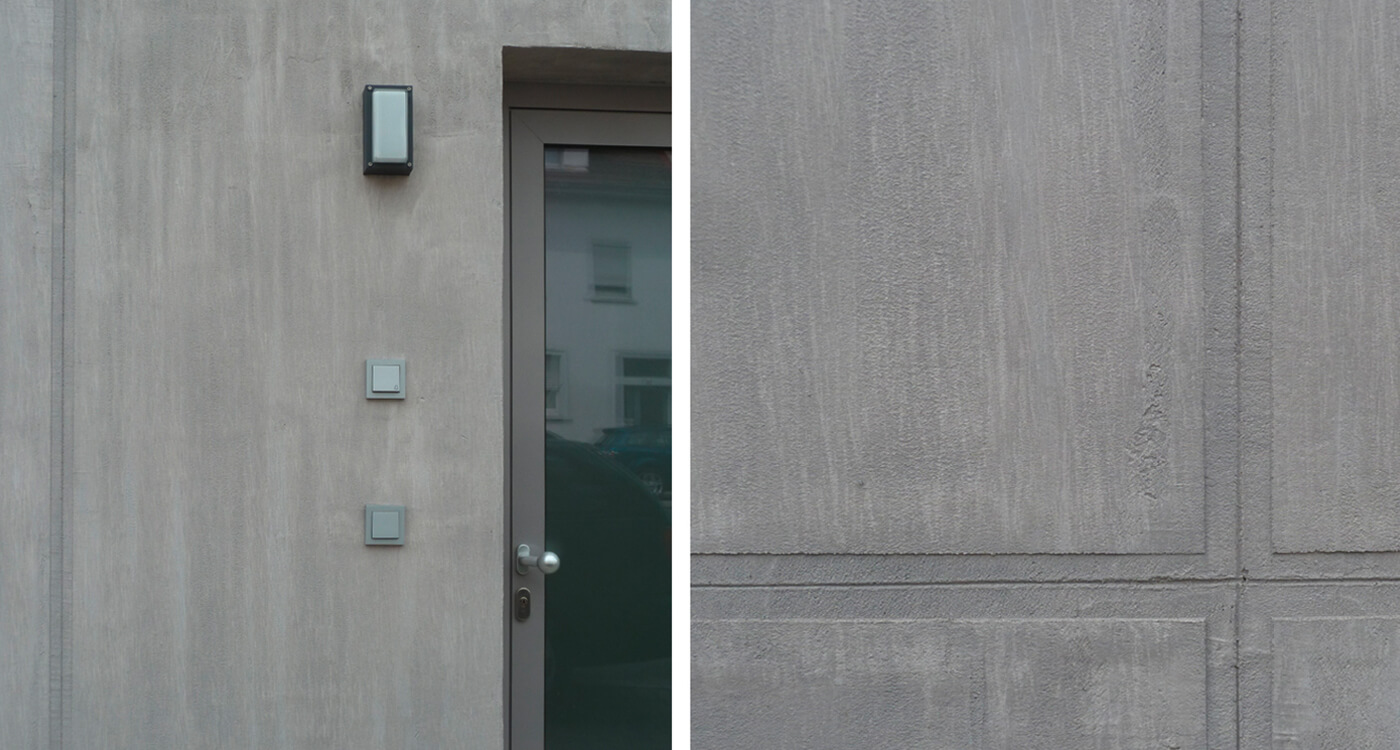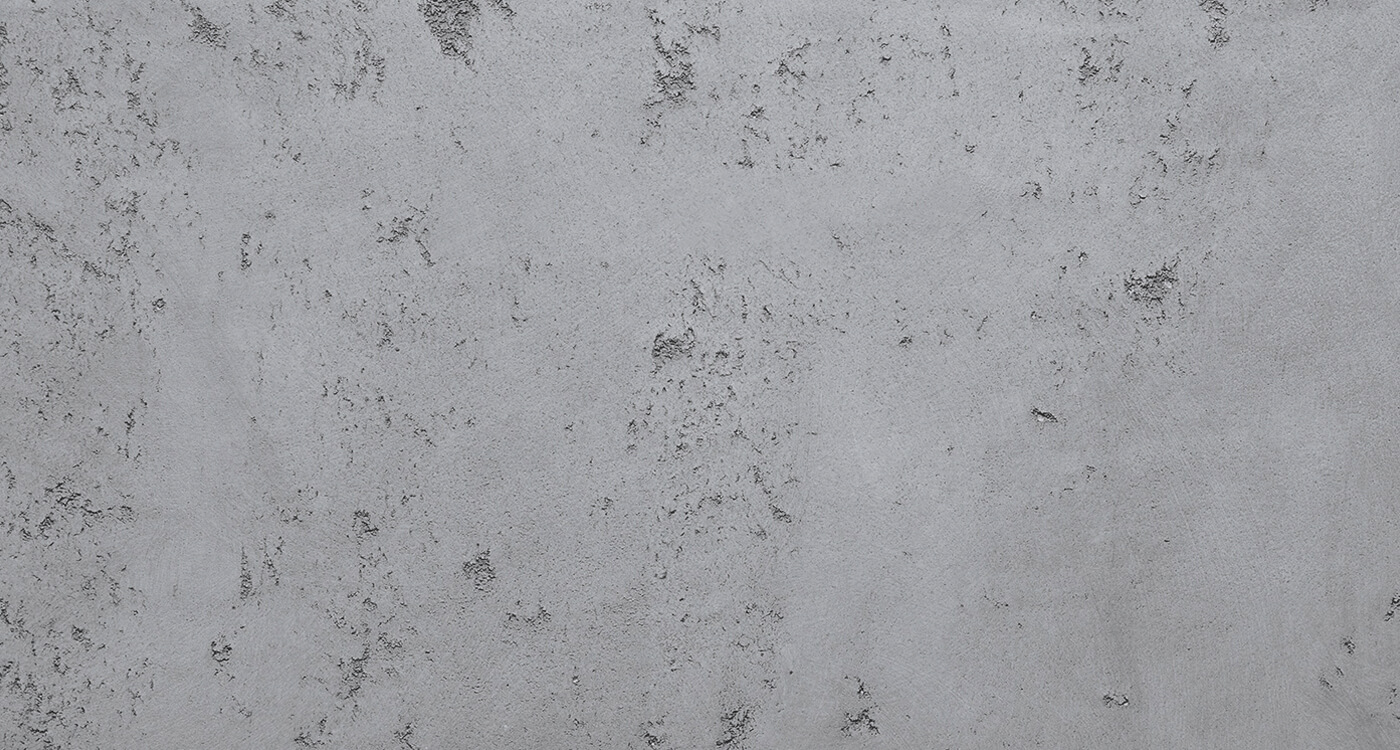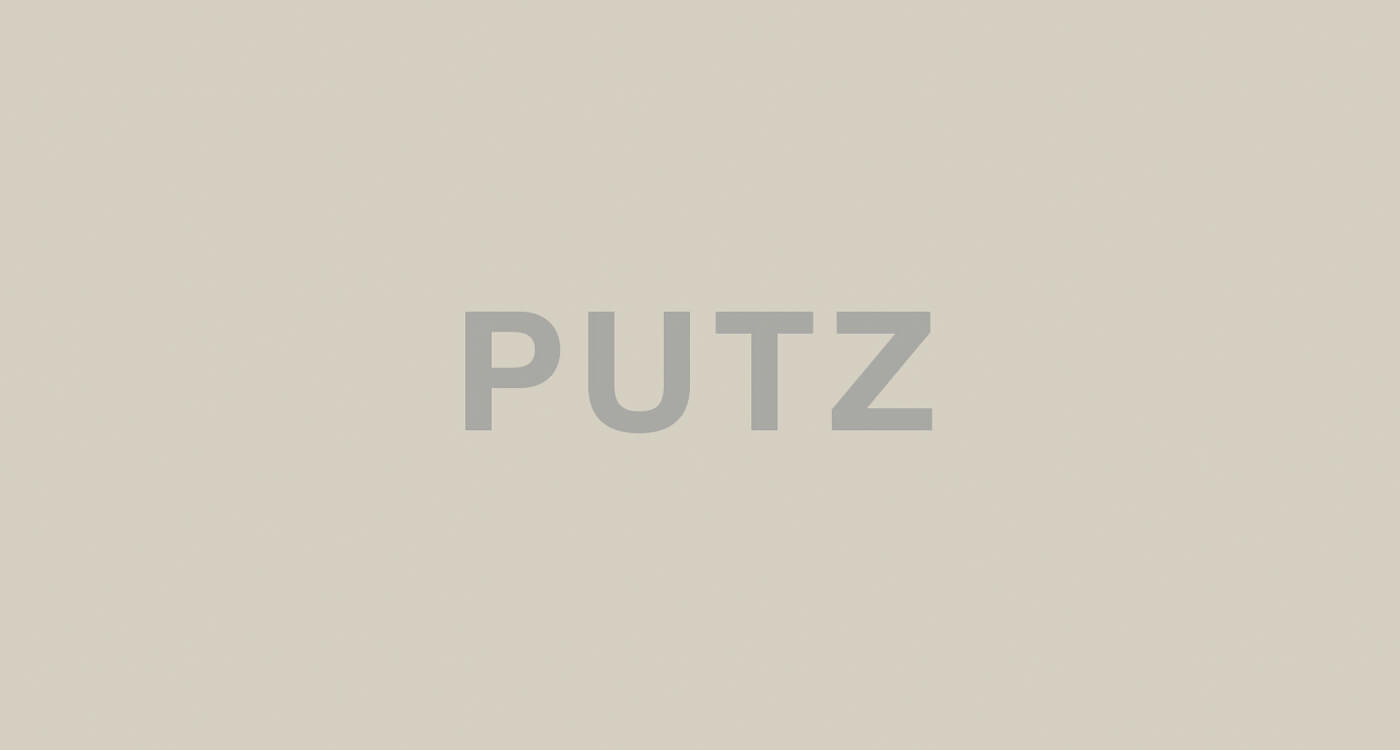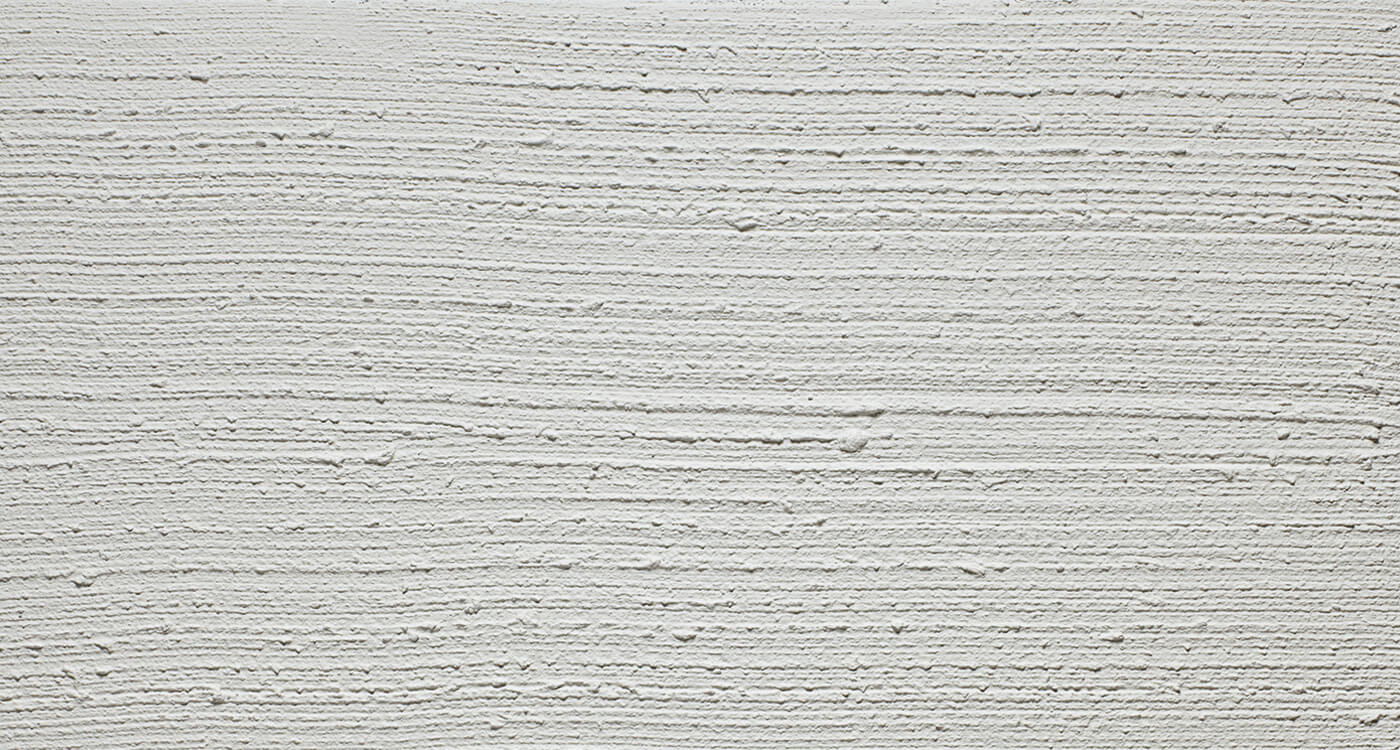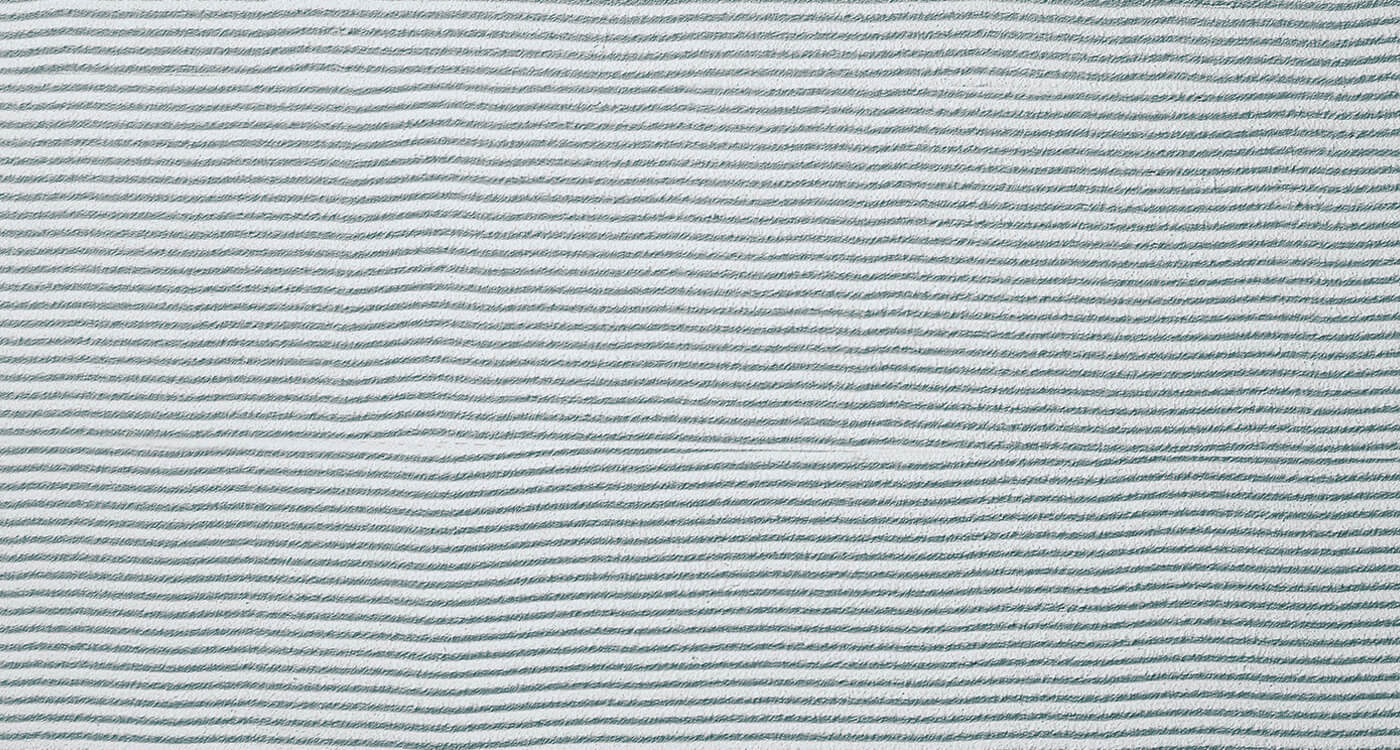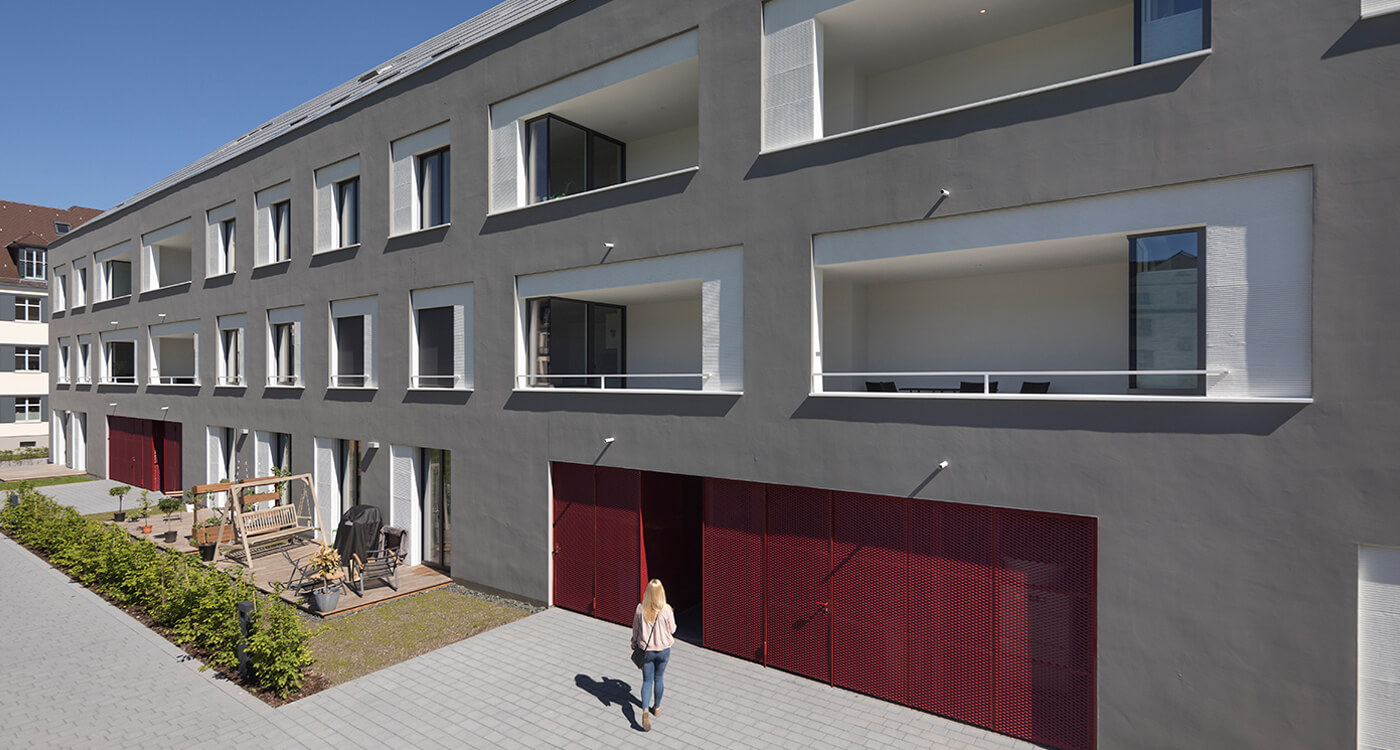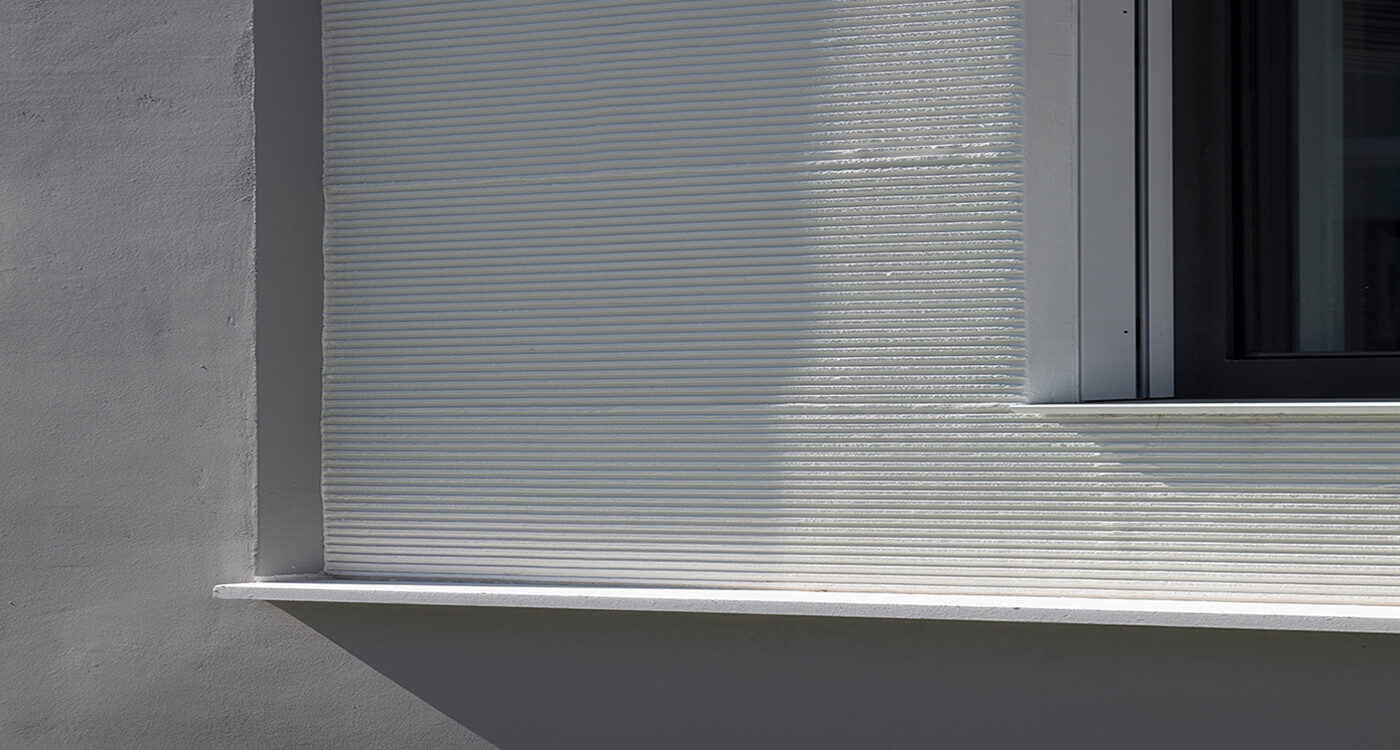Facade Design
After the tinting technique has made it possible in recent years to desire very colourful facades, a preference for darker and achromatic nuances is now emerging. Highly saturated hues have an atypical and therefore artificial effect on plaster surfaces. Slightly greyed shades do justice to the material, appear authentic and are less sensitive to dirt. The topic of sustainability is apparently not only gaining importance for the choice of materials, but also for the colour design of the façade. Colours that appear timeless, suitable for the material and natural are in demand: shades of sand, mud, ochre, and grey. Bold colour shades are at best requested as a highlight.
Colour Trends
A mix of earthy sand, mocha and latte macchiato shades - sometimes with creamier, sometimes stonier hues - is the trend. Besides the colour direction, contrasts and combinations are now also interesting. The contrasts become softer, with fine differences in saturation, brightness and colour angle. Colour and material thus appear as a whole and reinforce the monolithic effect of the buildings. This principle can be observed for both a single building and for ensembles.
Colour Research
With increasing globalisation, regional colourfulness is regaining in importance. It is a source of identity and inspiration for the development of the cityscape. ColourResearch in Germany and other European countries shows how differently colour is used in architecture. Which colours are dominant? How are they combined? Knowledge of regional colour cultures is elementary for colour consulting.
Find out more about our Colour Research Vol.1 and about the Colour Research Vol.2.
Colour and Material
The mixed facade is the trend for high-quality design. In particular, the combination of plaster and facing bricks is increasing on the market. For the client, the construction of a facade section with a brick look (e.g. ground floor, staircase, plinth) represents a calculable investment to upgrade the building. The design scope with ceramic brick slips as decorative surface design is correspondingly large. At present, colour combinations in shades of beige, sand and grey are in great demand.
Mixed facades depend on the harmonious interplay of colours and materials - if they are too far apart, no harmony is achieved, if they are too close together, vividness is lost.
Surfaces inspired by nature
Natural stone and concrete surfaces continue to be in great demand - creative techniques offer many possibilities for designing facades that leave a lasting impression. The ArmaReno 700 Creative Technique 'Travertine' creates visual and haptic associations to this attractive limestone.
Concrete looks are a trend in the design of modern buildings. Creative Technique "Autentico" creates a surface that can hardly be surpassed in naturalness. The variation in processing and colouring offers a great individual design scope.
Find out more about our Creative Techniques at:
Developing Plaster further as a sustainable material
The interplay of fine and coarse surfaces is also suitable for highlighting partial surfaces. The design potential of plaster could be exploited to a greater extent in the future. Here, additional colourings and shaping are conceivable: even coarser and wilder structures - but it is important that they appear natural. In this context, interest in local and authentic building materials is also increasing. Traditional and innovative materials can also be combined in an unusual way and thus provide new looks. The individual execution of the processing craftsman results in unique facades.
With its study, HAWK Hildesheim drafts scenarios for plaster of the future "Zukunft Putz – Rendering Codes“.





